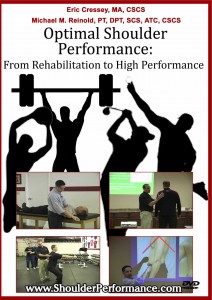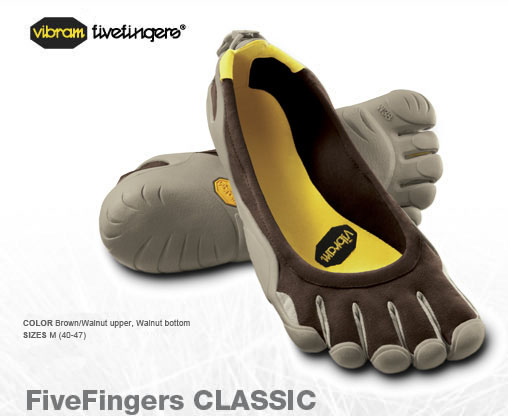In the next post, of our “What To do If Your Glutes Are Weak” series, I want to cover our glute activation exercises and progressions.
After we have foam rolled and stretched the hip flexors, we will then activate the glutes. It is important to note that although I broke this down into a 3-part series, the time it takes to complete all 3 steps takes about 5-10 minutes. It is not that long of time considering that during the rest of the day, most athletes and clients are doing activities that can make the dysfunction worse.
Hopefully now since the hip flexors are lengthened, we can now get some quality contraction out of the glutes. The first exercise we go to is the Double Leg Glute Bridge. Here we are asking our athletes to squeeze their glutes together to create the action of hip extension. Some of the coaching cues that we use here include getting our athletes to brace their core which would prevent lumbar extension and driving their heels into the ground. We will do 10 reps of :03 hold.
Double Leg Glute Bridge
Another exercise that we will do during this phase is the Quadruped Bent Knee Hip Extension. While in a quadruped position, we are trying to get our athletes to use their glute on one leg to great hip extension. We don’t want any lumbar extension- just hip extension. We start with 5 reps on each leg with a :03 hold.
Quadruped Alternating Leg Bent Knee Hip Extension
Ultimately, we always continue to progress to more advanced versions of each exercise for our Glute Activation progressions. For example, we will progress from the Double Leg Glute Bridge to Cook Hip Lift, to Hands Free Single Leg Hip Extension. For the Quadruped progressions, we progress to Straight Leg Hip Extension, to Opposite Arm/Leg Extensions, to Resisted Opposite Arm/Leg Extension. The opportunities to progress and make these more difficult are endless.
It is important to note that these are for activation exercises only. These are not exercises we would use within a strength training session. Those exercises would include squatting variations and dead lifting variations to help us strengthen our entire posterior chain including the glutes. I am a believer that if the glutes aren’t turned on, then the other muscles in the posterior chain will take over and compensate for the weak glute(s). Thanks for reading!
Also, check out the Interviews page which include some interviews that I have done in audio format and a new recent article that was in the Orange County Register.






